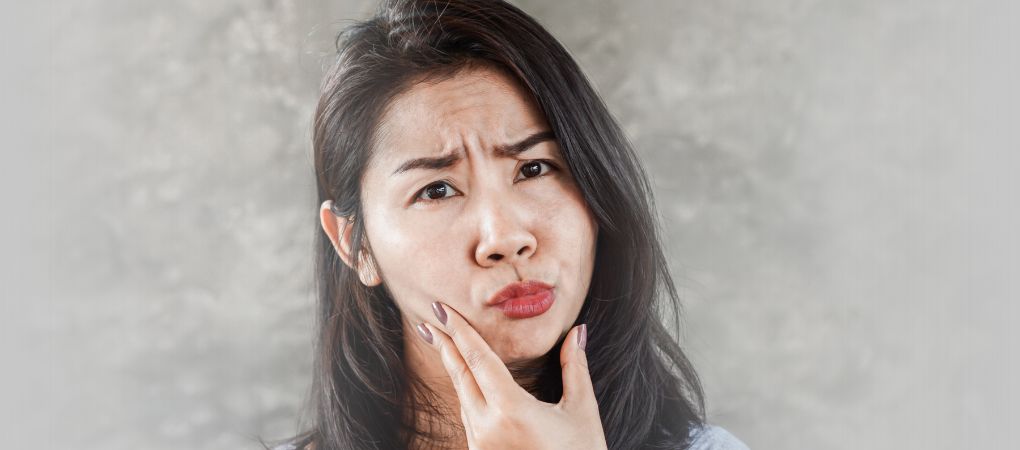Francesca Galiano
|
26/09/2023 - Last update 08/11/2023
Mikhail Volokitin, Asad Sheikh, Sapan Patel, Susan Milani, Mary Banihashem | Year 2020
Treating Bell’s Palsy With Osteopathic Manipulative Medicine: A Case Report
Pathology:
Bell's Palsy
Type of study:
Case Report
Date of publication of the study’:
2020/Oct/22

Purpose of the study
- Objective: to show the usefulness of OMT in a case of Bell’s palsy
- Measured outcomes: evaluation of the symptoms and facial nerve function through House-Brackmann (H-B) scale
Participants
- Number: 1
- Description: a 32-year-old woman, African American, who had been suffering from right-sided facial weakness, dryness and constant tearing of her right eye with inability to close it, for three months. Although there was no pain she had difficulty performing certain daily activities, like chewing, holding food inside her mouth, closing her right eye in the shower and at nigh. She also experienced drooling from the right side of her mouth, an increased sensitivity to sound and a decreased sensitivity to taste.
The patient felt anxious and suffered from insomnia due to the loss of her father, work difficulties (telemarketing and car-sharing driver) and lack of improvement in her health despite various therapies (12 sessions of acupuncture, lubricating eye drops, ibuprofen and prednisone).
Physical evaluation showed enlarged salivary glands (parotid, sublingual and submandibular) on the right hand side, with similarly enlarged and tender pre-auricular, post-auricular and cervical lymph nodes together with horseshoe kidneys, bilaterally enlarged inguinal lymph nodes, and pain in both lower quadrants of the abdomen with decreased gastrointestinal motility.
Osteopathic evaluation revealed pain and tenderness on right facial muscles, right suboccipital muscles, right cervical flexor and extensor muscles, right sternocleidomastoid, right trapezius, levator scapulae and right scalene muscles. The range of motion (ROM) of sternum and ribs 2-5 and left sacroiliac joint was found to be reduced. The right hemidiaphragm was found to be narrowed. Several somatic dysfunctions emerged from the skull to the thoracic diaphragm, including also sacrum and pelvis. The H-B scale showed grade V severity in facial nerve function.
At this point, based on the various symptoms, a diagnosis of Bell’s palsy or idiopathic facial nerve palsy was issued, with possible injury distal to the geniculate ganglion due to the presence of tearing. An axonal lesion was hypothesized as symptoms did not improve for 3 months.
It was considered to carry out an electromyography at the end of the whole treatment in order to check for damage and possible facial nerve atrophy.
Interventions and evaluations
- Evaluation of the symptoms and facial nerve function trough House-Brackmann (H-B) scale
- 3 sessions of OMT (2 weekly and 1 after 2 weeks)
- OMT:
- techniques to resolve the somatic dysfunctions that emerged: lymphatic techniques: thoracic inlet, sternum, and diaphragm release; myofascial release techniques, counterstrain, soft tissue techniques, muscle energy, rib raising, and balanced ligamentous tension techniques;
- techniques to resolve structural restriction of the facial nerve: occipital condyle release, occipito-mastoid suture decompression, temporal rocking.
- Meditation and relaxation exercises were taught to manage the stress experienced.
Results
Symptoms began to improve as early as one week after the first treatment (therefore, no electromyographic examination was carried out). After the second treatment, symptoms decreased even further (the patient began to be able to close her eye and her mouth became more symmetrical), with the H-B scale reporting a severity of grade III in relation of the facial nerve function, a severity that dropped to grade II after the third treatment. At this point, although functional recovery was not complete, the prognosis was considered more than favorable.
Discussion
Osteopathy was shown to be able to resolve a condition of Bell’s palsy because of its comprehensive biomechanical, neurological, and psychosocial approach, as opposed to a sequential trial-and-error approach as recommended by several medical societies.
Important in this regard were techniques to reduce the potential compression suffered by the facial nerve-which, given the results obtained, could not be considered as injured, but only “trapped”: otherwise, much more time would have been needed for functional recovery in order for the nerve to regenerate – and to stimulate lymphatic flow through the lymph nodes, so as to drain inflammation through the glymphatic system and aid healing.
When an osteopath encounters a patient with a suspected diagnosis of Bell’s palsy, in addition to paying attention to all symptoms to get a good understanding of where the injury may have occurred, the following structural abnormalities need to be evaluated: dura mater (posterior cranial fossa, tentorium of the cerebellum, C1-C2), petrous part of the temporal bone, internal acoustic meatus, occipito-mastoid suture, occipital condyles, sphenobasilar symphysis, and temporomandibular joint.
The review of Osteopedia
By Marco Chiera
Strengths: one of the few studies on OMT and Bell’s palsy; reports resolution of a Bell’s palsy by OMT and stress management (integrated action), after other therapies had failed; flow-chart reporting the progress of Bell’s palsy over the various osteopathic sessions; good description of the osteopathic examination; good discussion and helpful final handbook guide.
Limits: like any case report, it is difficult to generalize; the osteopathic techniques used and advice given should be included before the discussion, in the presentation of the case and treatment plan, so as to give a complete picture of the intervention carried out right away; details on the recommended exercises are lacking; the weight of OMT and exercises in resolving the situation is unclear.

Are you an osteopath?
Register and enjoy the membership benefits. Create your public profile and publish your studies. It's free!
Register now
School or training institution?
Register and enjoy the membership benefits. Create your public profile and publish your studies. It's free!
Register now
Do you want to become an osteopath? Are you a student?
Register and enjoy the membership benefits. Create your public profile and publish your studies. It's free!
Register now







